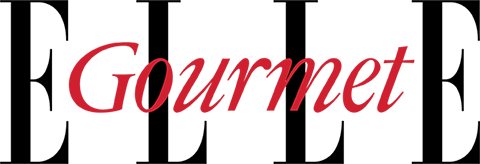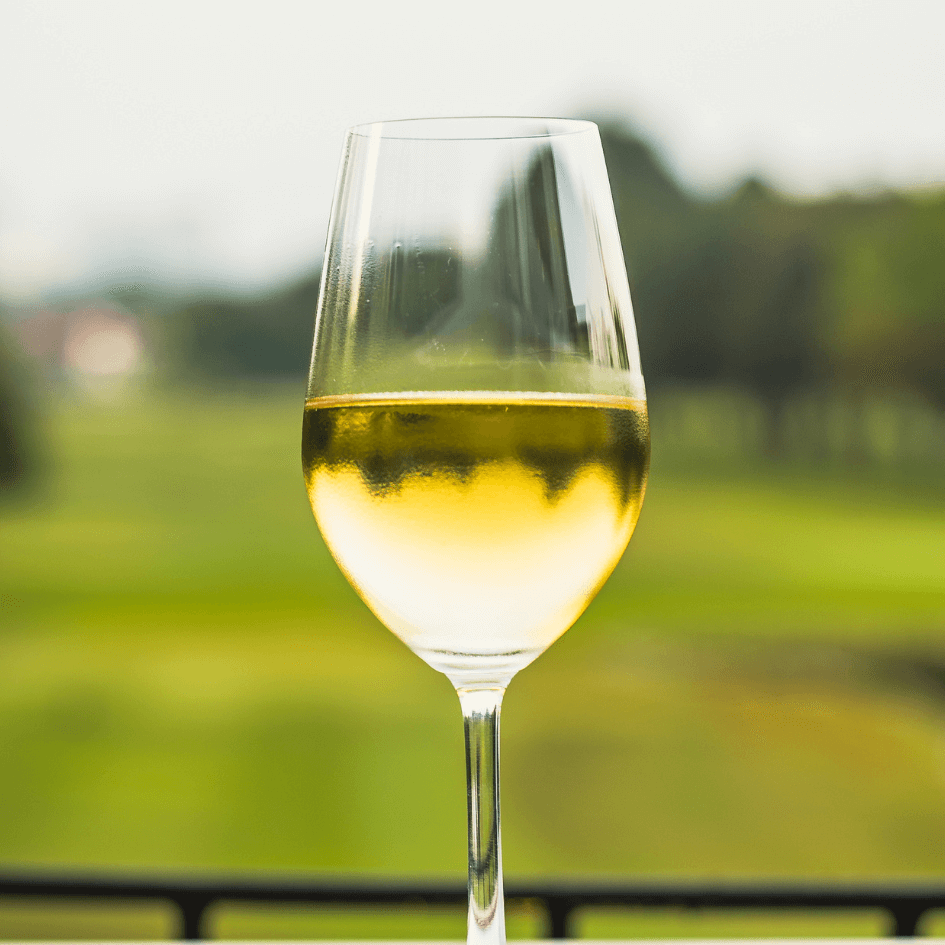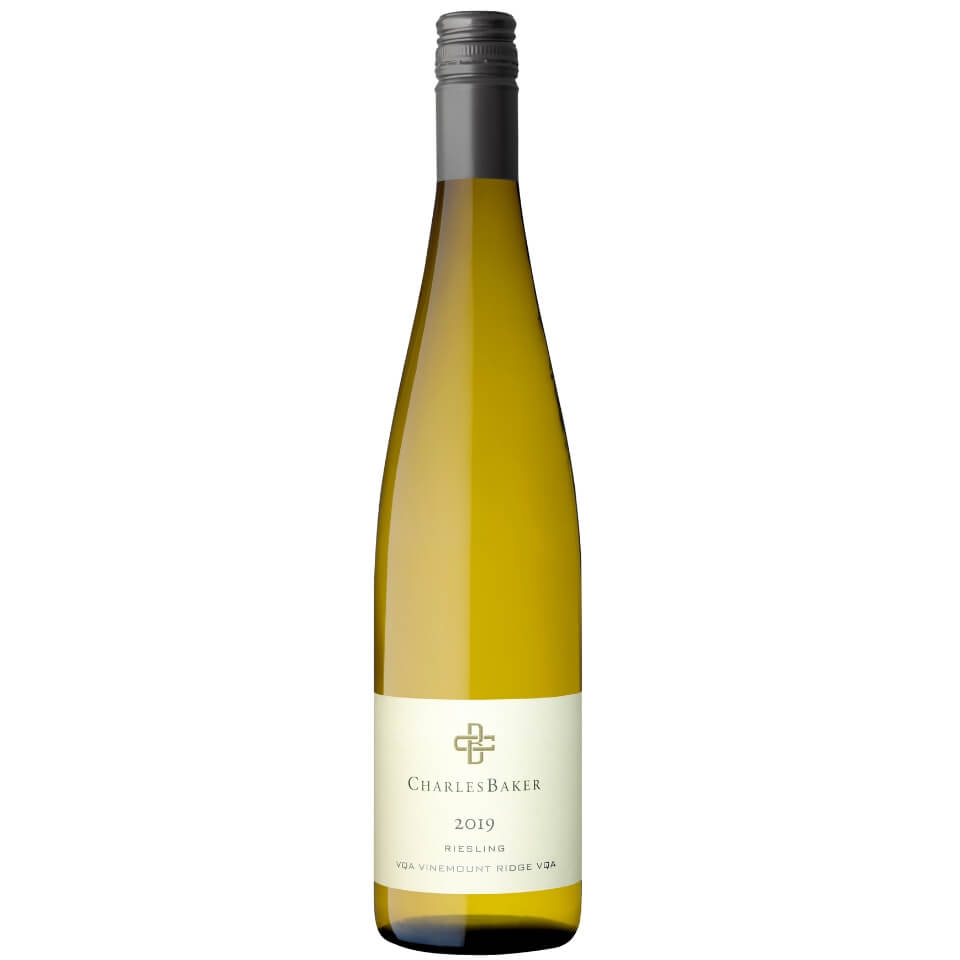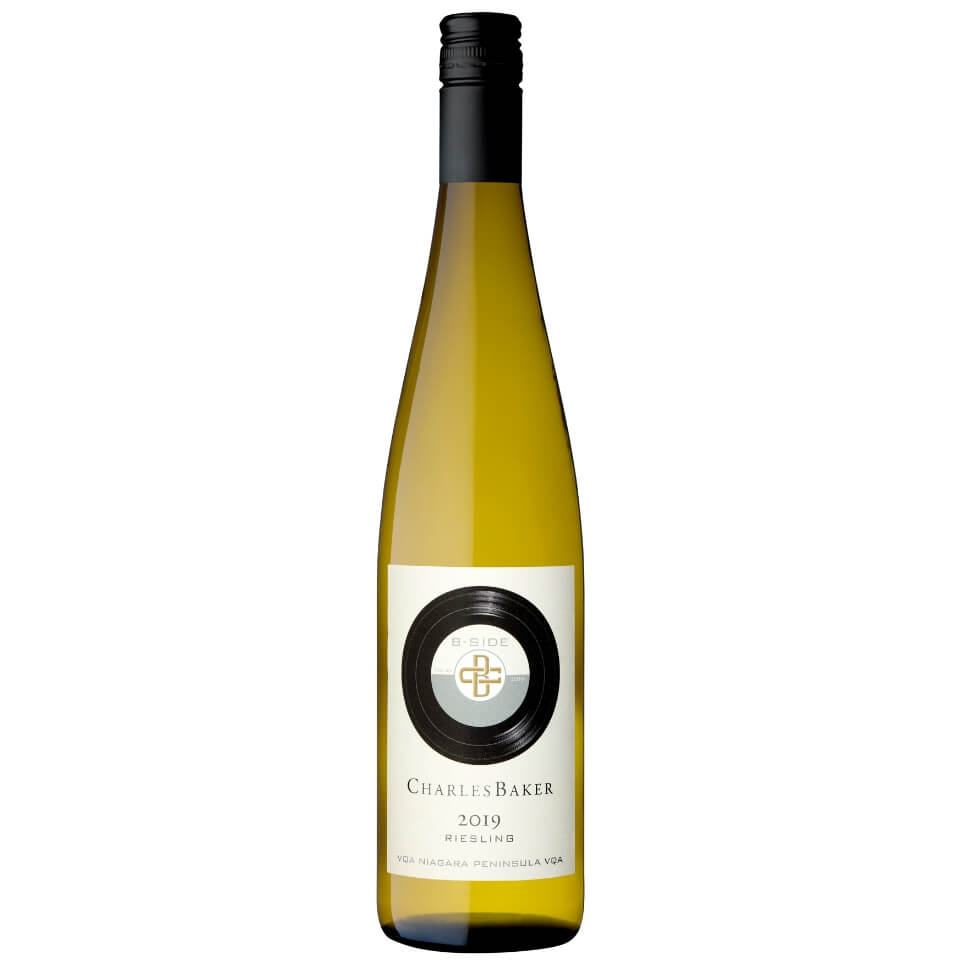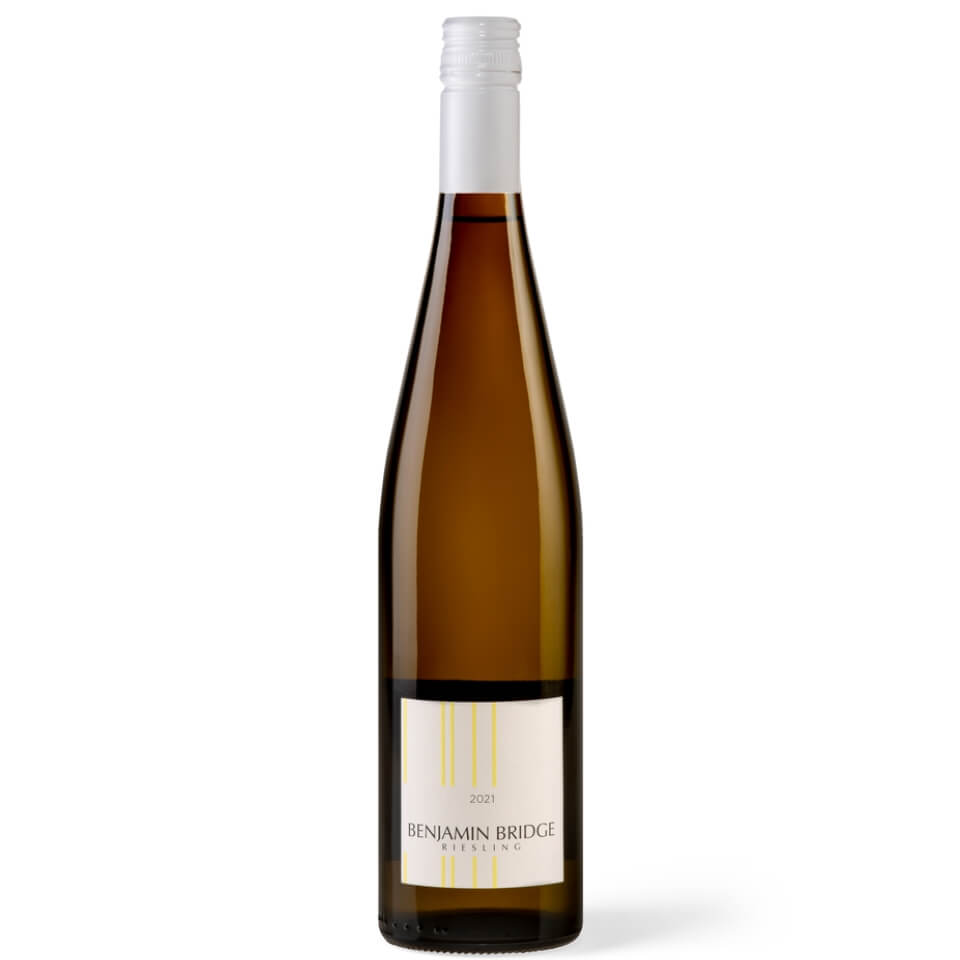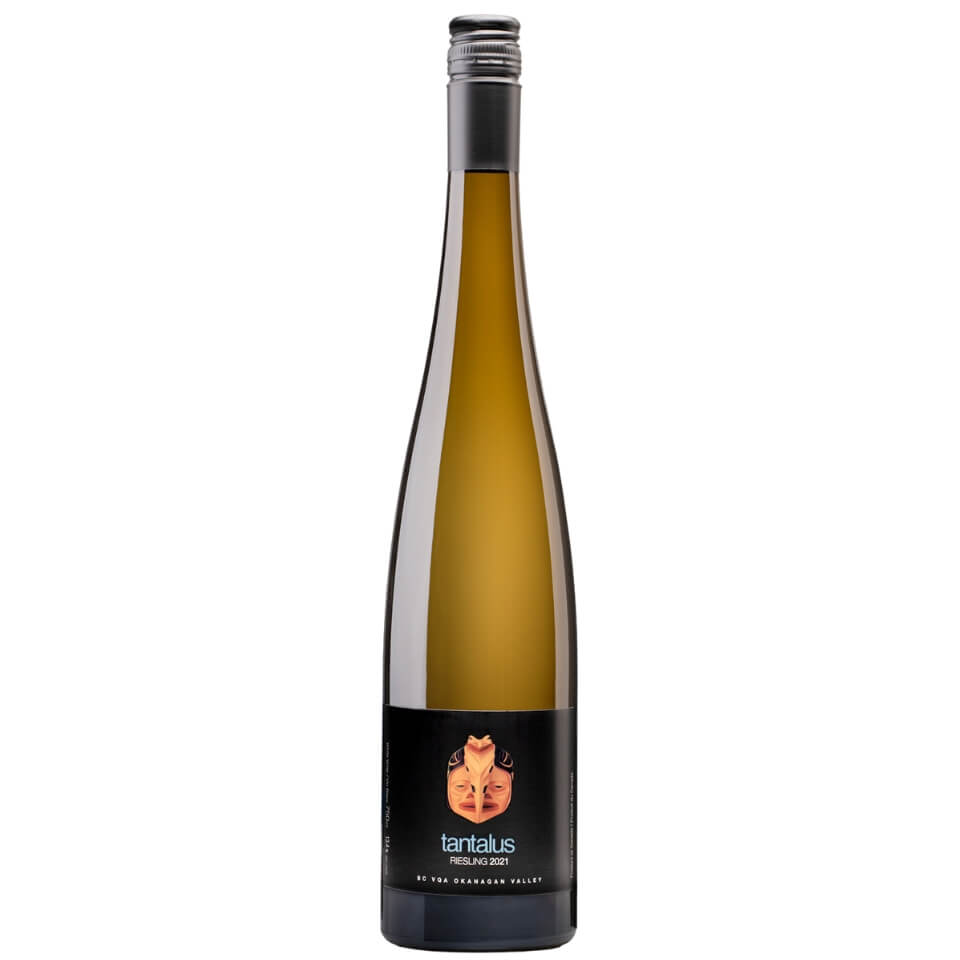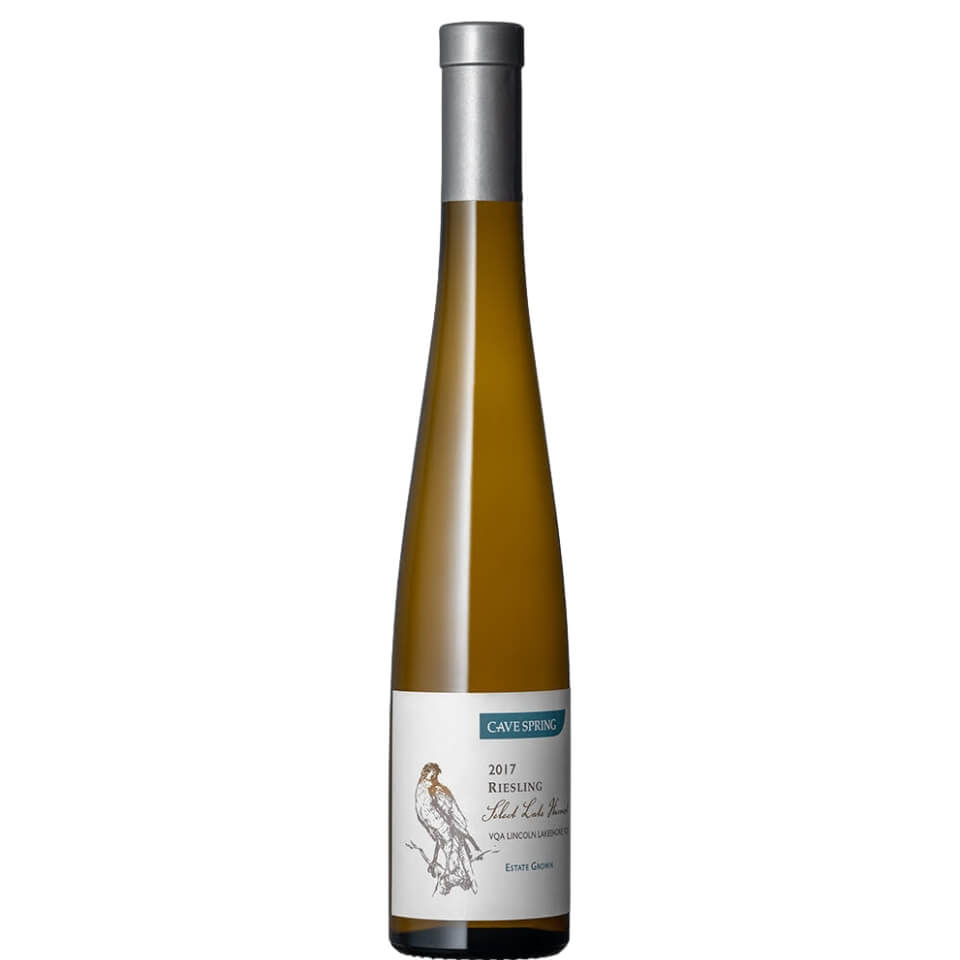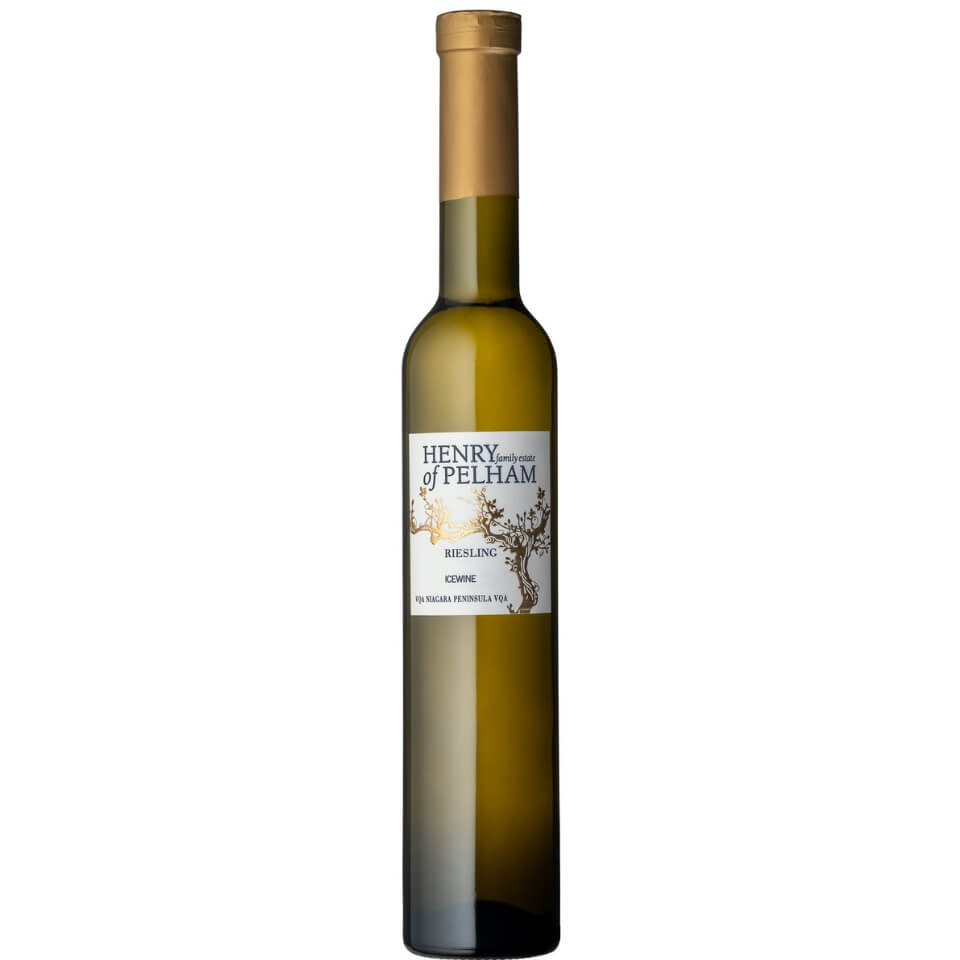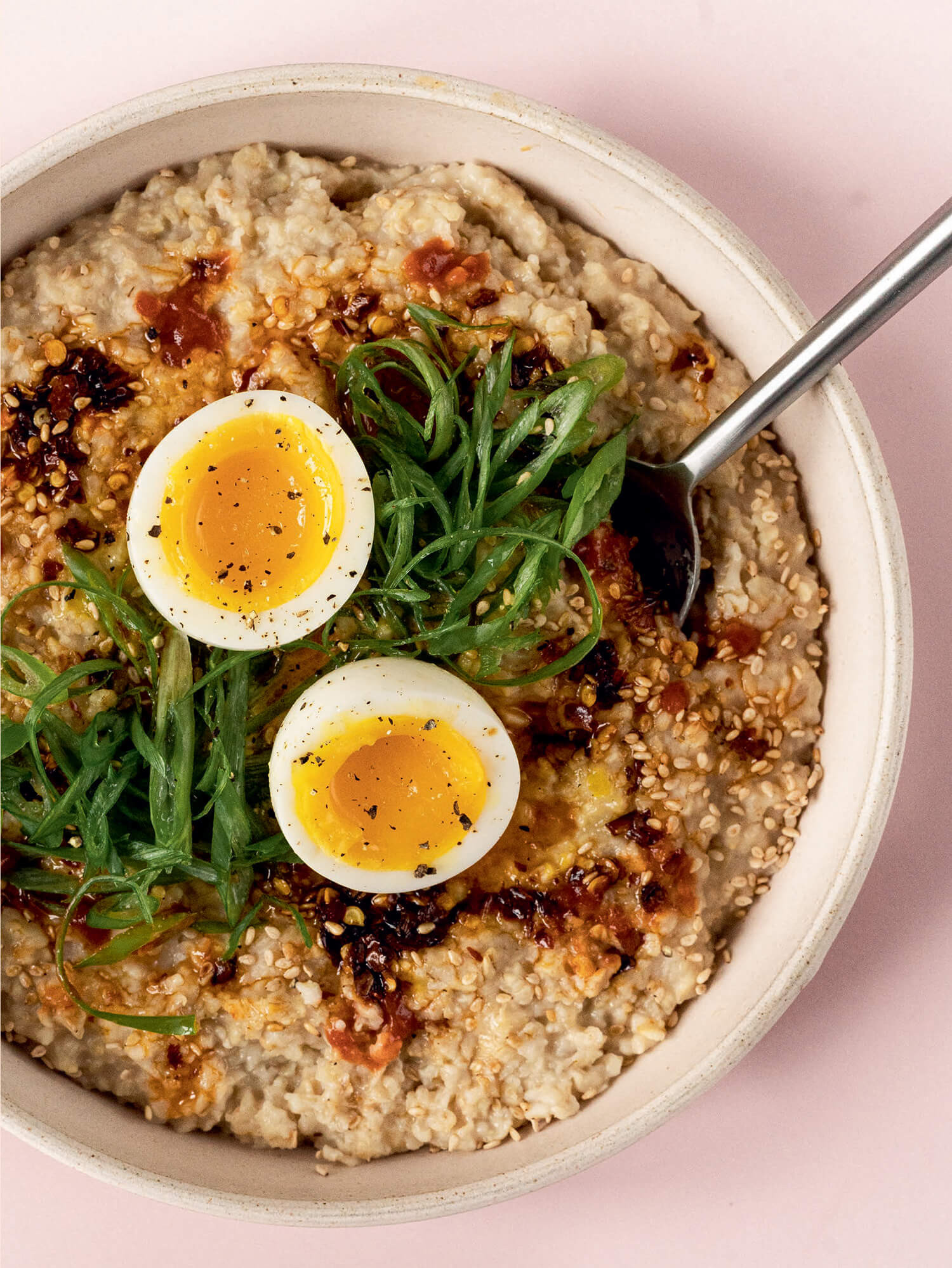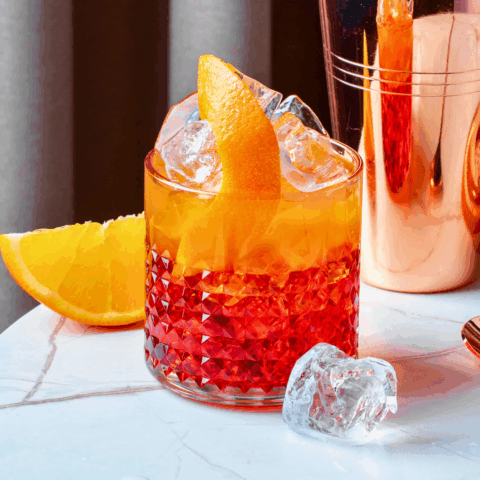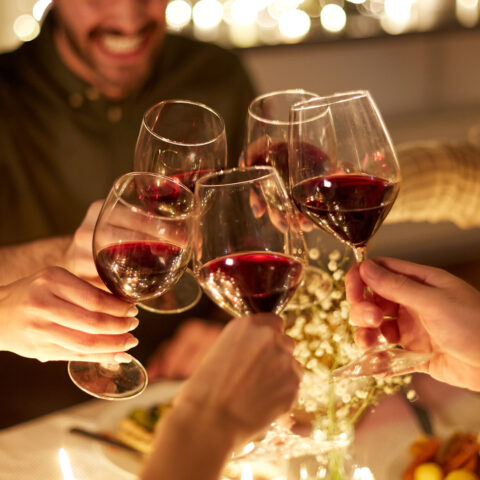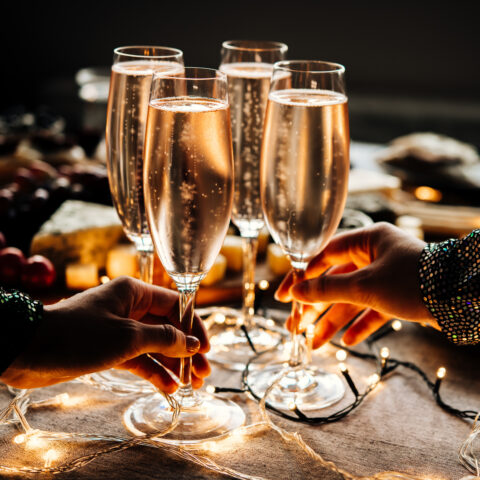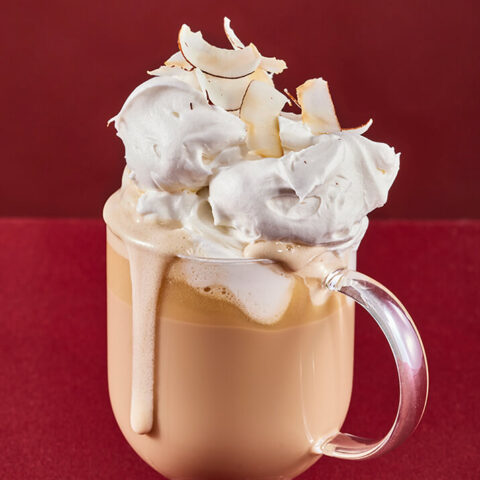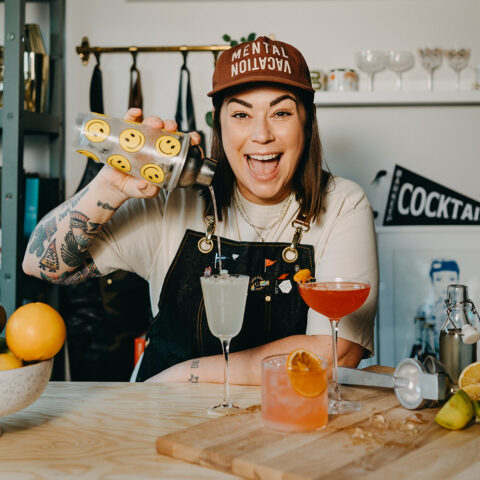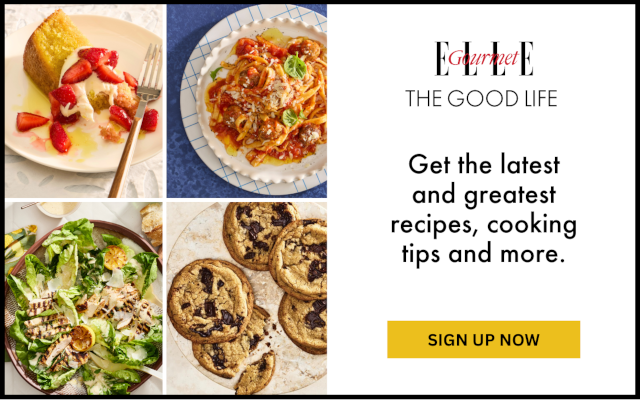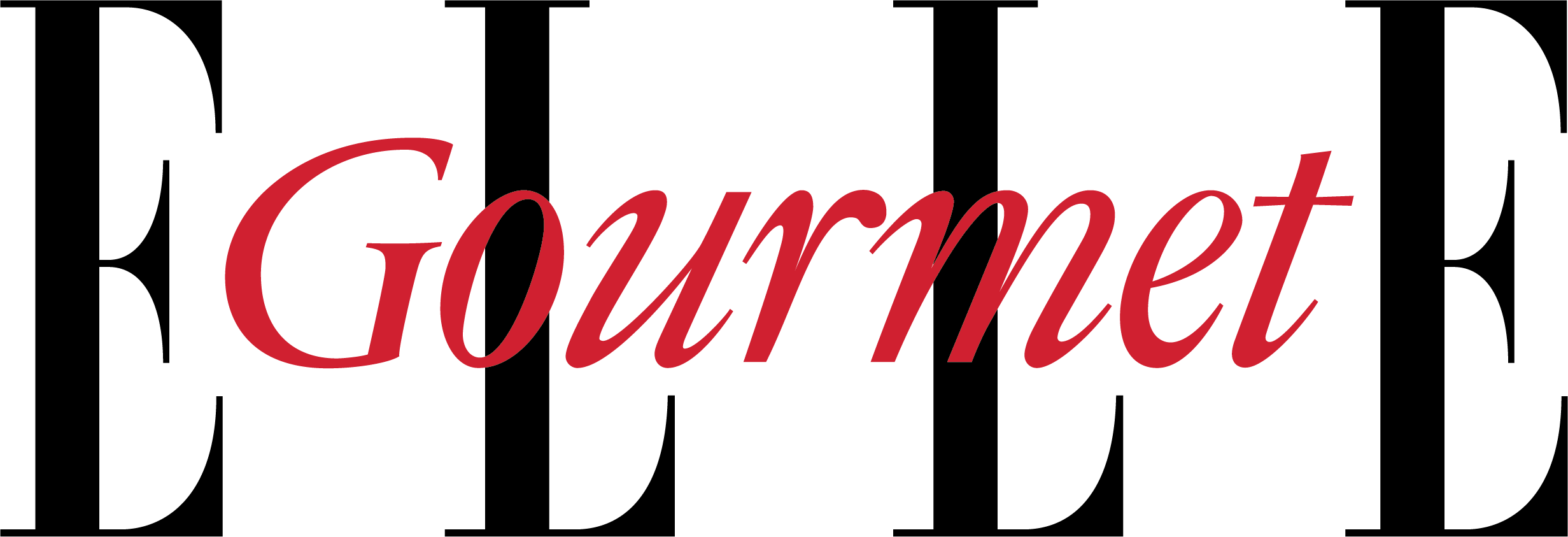Once you develop a taste for Riesling, you can never go back – or so the Riesling lovers say. Your taste buds will long for the crystalline purity of flavour and the electrifying rush of acidity that make other white wines seem listless and vague. Your mind will miss the way a Riesling reflects the nature of its vineyard with such vivid precision – never muddied by oak – and the way it changes and grows more fascinating with age.
Riesling is the perfect wine for here and now. It’s typically lower in alcohol than other white wines, and it’s a perfect accompaniment to the eclectic way we eat – awesome with oysters or charcuterie and famously great with Chinese and Thai cuisines, especially when spiciness is involved. The reason it’s so food-friendly is the grape has a natural acidity as well as a balancing touch of unfermented sweetness that winemakers leave in even the most austere Riesling styles. That fine equilibrium is the key to every excellent Riesling, from brut bubbly to bone-dry aperitifs and through the subtlest degrees of sweetness all the way up to luscious Icewine.
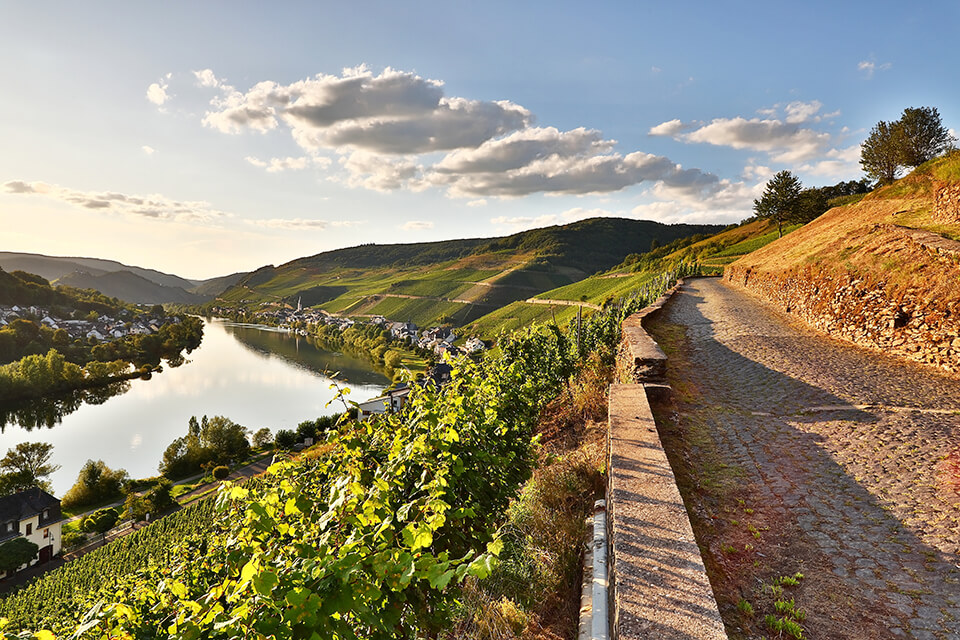
Riesling evolved from a wild grape native to Germany’s Rhineland – about as far north as grapes will naturally grow. Its cultivated roots are believed to go back 2,000 years to vineyards planted by Roman garrisons, but the earliest surviving mention of its name is from 1435. The quality of the wines these vines produced was well known, and for centuries German Rieslings were considered the finest white wines in the world, challenged only by Chardonnays from France’s Burgundy region. Scandal, greed, laziness and the careless habit of calling a bunch of other, lesser grape varieties by some version of the name damaged Riesling’s reputation severely in the late 20th century. Only now is it gaining back the popular respect it deserves – especially here in Canada, because we happen to make some of the most delectable Rieslings on the planet.
We have one man to thank for that. Back in the 1970s, winegrower Hermann Weiss brought some of his family’s Riesling vines from Germany’s Mosel wine region to Ontario. Local experts told him that they would never survive our winters, so to prove them wrong, he planted two 20-hectare vineyards on Niagara’s sloping benchland – the origin of today’s Vineland Estates Winery. Other wineries up on the benchlands have also had tremendous success with Weiss’s particular Riesling clone – notably Cave Spring Vineyard, Sue-Ann Staff Estate Winery and Thirty Bench – but for me, the shining expression comes in bottles that bear the Charles Baker label.
Baker was one of Canada’s first true garagistes, a person who makes a small amount of wine from other people’s fruit in someone else’s winery. In Baker’s case, he used some of the 40-year-old Riesling vines owned by chef Mark Picone and the space of Stratus Vineyards, the winery where he works as director of marketing. Since his first vintage, in 2005, his wines have won innumerable awards and wowed critics who love their pristine minerality, racy acidity, complex citrus and white-flower aromas and unexpected dimension of richness.
I caught up with Baker at the wine bar and bottle shop he co-owns, Loop Line Wine & Food, on Dupont Street in Toronto. This is the place to find his classic wines and also his latest experiments, such as a delectable sparkling Riesling that is made using the Champagne method and shows amazing vigour and length. Baker believes Niagara Riesling has a particular and recognizable style, which he describes as “light and refreshing, bright and mouth-puckering, like lemon confit or grapefruit – none of that oiliness you find in, say, Riesling from Alsace.” One day, he believes, producers in other parts of the world will start imitating it, “but you can’t make Riesling by numbers. You have to use your palate.” That’s how consistency is maintained from one vintage to the next. In a warm year, the grapes’ acidity will be lower, so the wine can be drier; in a cool year, higher acidity calls for a little more sweetness to maintain the ideal balance.
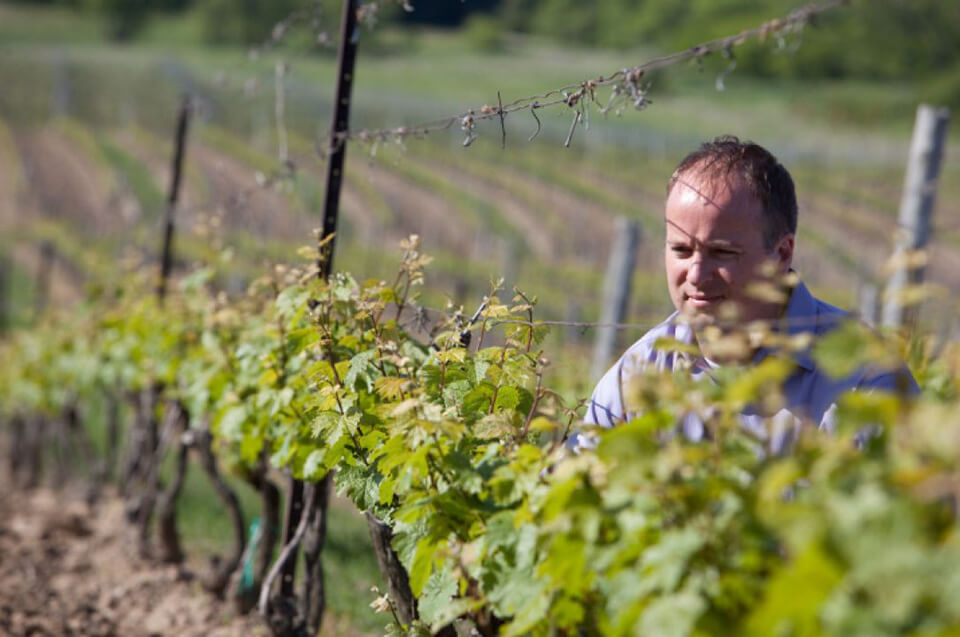
Loop Line’s kitchen sends out a plate of Brazilian cheese bread – little balls of puffed dough, piping hot from the oven – that are insanely good with the bubbly. There’s a style of Riesling to suit almost every food, from brunch (choose sparkling) to Cantonese banquets (off-dry is perfect). In Germany, it would be inconceivable to offer anything but Riesling during the annual six-week-long Spargelfest asparagus festival (something to bear in mind right now, as our own asparagus season nears), while mature bottles are opened to accompany heavy meat dishes such as sauerbraten, roast venison or wild boar.
Old Riesling has its own fanatical devotees. As the years and then decades pass, the primary fresh fruit and floral impressions fade and are replaced by a different, mature spectrum of aromatic special effects – honey, beeswax, wood smoke, butterscotch and, most famously, petrol. But the tangy acidity remains, adding verve and excitement and making your taste buds tingle. And that is the soul of this wine – the sensory thrill that commands such loyalty in the ever-increasing legions of Riesling lovers.
6 Best Canadian-made Riesling wines
Must-try Rieslings to add to your collection.
